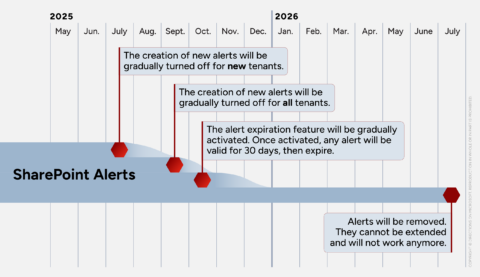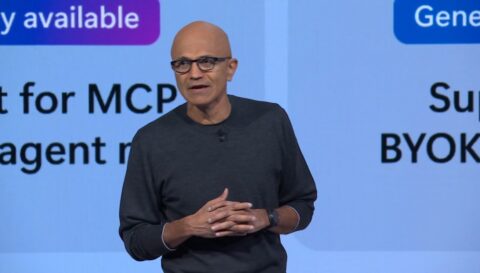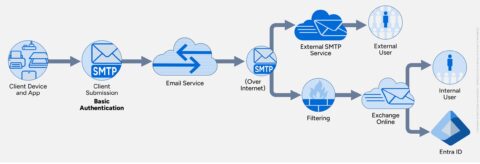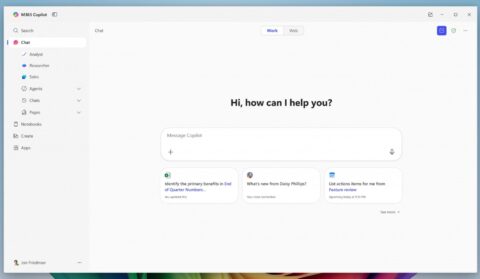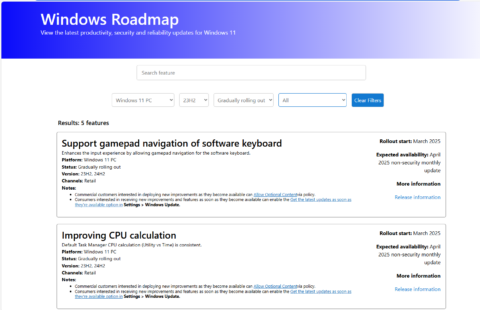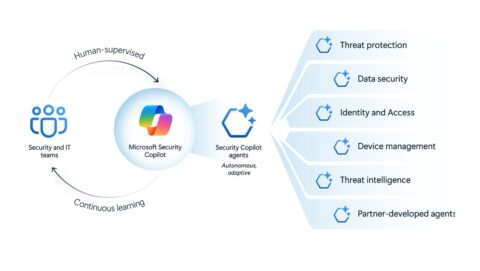Updated: April 8, 2024 (October 25, 2023)
BlogMicrosoft 365 Copilot is still a week out, but Azure AI services already growing

Many Wall Street analysts are tripping over themselves to find evidence in Microsoft’s quarterly earnings reports that Microsoft AI tools and services already are taking off. However, one of the company’s potentially biggest (and best demo’ing) AI assistant, Microsoft 365 Copilot, still is available to a very small set of paying preview customers and is a week away from general availability.
On November 1, Microsoft will make the first iteration of Microsoft 365 Copilot available for purchase by business customers for $30 per user per month. On that date, Microsoft 365 Copilot will be available for purchase only for those willing to commit to 300 seats minimum. There will be no free trial for Microsoft 365 Copilot. And from what I’m hearing, on November 1, Microsoft 365 Copilot will only be available to those with Microsoft 365 E3 and E5 subscriptions — not Business Standard and Business Premium ones (which Microsoft originally claimed it would).
Some components of Microsoft 365 Copilot and some of the related server copilots still will carry the “preview” tag on November 1. As detailed in the Microsoft 365 Roadmap, SharePoint Copilot will be in preview in November and not be designated as “generally available” until March. Microsoft 365 Copilot in Excel will still be in preview as of November and not declared “generally available” until February 2024.
The Viva Goals and Viva Engage copilots won’t start rolling out until December. It turns out that there will be copilot support not just for the new Outlook for Windows, but also the “classic” Windows version — at least with a “summarize by Copilot” capability — but it won’t be available in preview until January 2024 and generally available in March 2024, the Microsoft 365 Roadmap says.
A few of Microsoft’s already announced copilots are commercially available, including GitHub Copilot, Bing Chat and Bing Chat Enterprise (both recently renamed Microsoft Copilot), an early version of Copilot for Windows, and some of the Power Platform and Dynamics 365 copilots. Microsoft’s Security Copilot just entered a broader, paid Early Access Program (EAP) pilot last week.
This staggered rollout didn’t stop Microsoft CEO Satya Nadella from trumpeting the potential of the company’s copilots during the Q1 FY’24 earnings call on October 24. Nadella said a substantial number of workload starts on Azure were AI-related during the quarter.
“With copilots, we are making the age of AI real for people and businesses everywhere,” said Nadella. “We are rapidly infusing AI across every layer of the tech stack and for every role and business process to drive productivity gains for our customers.”
Azure AI growth as a leading indicator
During Microsoft’s Q4 FY’23 earnings call in July, Chief Financial Officer Amy Hood predicted that roughly two points of Azure growth would come from AI in the Q1 quarter. In fact, this ended up being three points, “primarily driven by increased GPU (graphic processing units) capacity and better than expected GPU utilization of our AI services, Hood said.
Azure revenues (which Microsoft still does not disclose publicly) were up 29 percent for Q1, which was better than company watchers were expecting. Nadella said 18,000 organizations are now using Azure OpenAI, Microsoft’s implementation of OpenAI, up from 11,000 announced in July.
Microsoft execs also have been encouraging customers to use Microsoft services such as Syntex, Fabric, Purview and Defender to get their data-storage and -access strategies in order before turning on its various copilots in order to try to reduce inadvertent data leaks.
The company’s overall “Microsoft Cloud” revenues (a category which includes Microsoft 365, Azure, Dynamics 365, GitHub, some LinkedIn revenues and other cloud-centric products) hit $31.8 billion, up 24 percent over the previous year’s quarter. Microsoft revenues for the quarter were $56.5 billion, and earnings hit $2.99 per share.
While AI exuberance is in the air among Microsoft management and many on Wall Street, it’s still worth asking whether Microsoft might be overinvesting in AI, either by spreading itself too thin or by completely ignoring necessary non-AI features in its products,” noted Directions on Microsoft analyst Barry Briggs.
“To put a finer point on it, could Microsoft actually fall behind competitively by directing too many resources at AI?” Briggs added.
Related Resources
Microsoft 365 Copilot: Coming to Office apps near you for $30 per user per month

